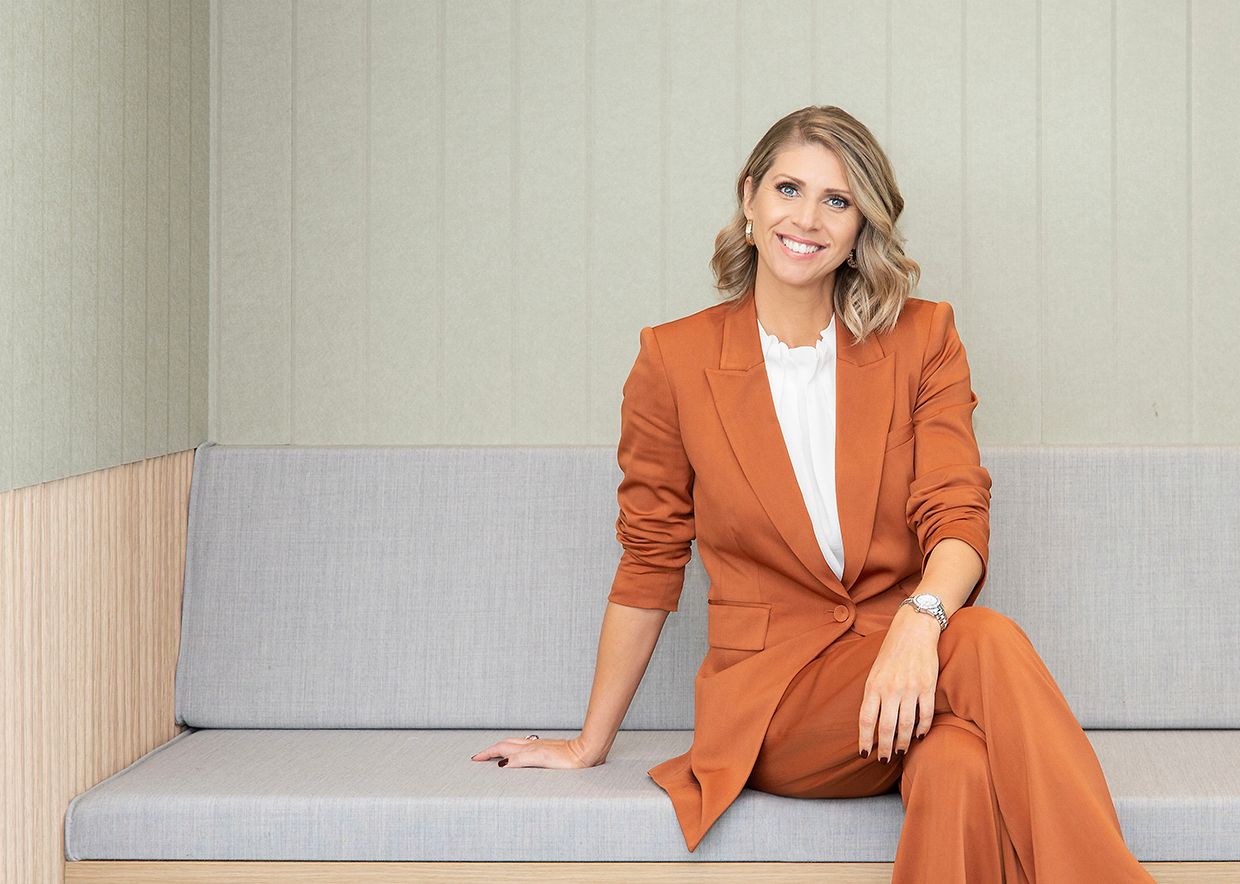What we covered in our chat
In this episode of the Well Workplaces Podcast, I had the pleasure of speaking with Melissa Marsden, workplace strategist, author of The Next Workplace, and founder of COMUNiTI. Melissa’s approach to workplace design is all about aligning environment with purpose. It’s not just about creating aesthetically pleasing offices, but building human-centred spaces that elevate culture, engagement, and performance.
We kicked things off by talking about the evolution of the workplace, especially in the wake of remote and hybrid work. Melissa shared that too often, organisations are reactive with their office design, when instead, they should be viewing the workplace as a strategic tool. She advocates for co-creating the workplace with the people who use it, rather than designing in a vacuum.
How space can influence behaviour
One of the most powerful ideas Melissa shared was how space can influence behaviour. She talked about how intentional design can help embed culture, support connection, and even reduce stress. It’s more than a fit-out, it’s about understanding the rituals, rhythms, and needs of teams, and then designing around them.
She walked us through COMUNiTI’s signature framework, which brings together strategy, design, and change management. I really appreciated how Melissa framed the workplace as an experience — a place where people should feel emotionally connected and psychologically safe.
Lessons from “The Next Workplace”
Melissa’s book, The Next Workplace, distills much of what we discussed into a practical, accessible guide. We chatted about some of the key takeaways from her writing including how leaders can shift their mindset from cost to value when it comes to workplace investments. She emphasises that workplace change is really a leadership and culture conversation, not just an operational one.
What stood out most to me was her ability to bridge the gap between design and strategy. Melissa explained that a well-designed workplace is a lever for wellbeing, talent attraction, and productivity.

The effect of hybrid working
We also explored how hybrid working has changed the way teams connect, and how the office now plays a new role: as a hub for collaboration, identity, and belonging. Melissa noted that leaders need to be intentional about designing for moments that matter — the informal collisions, the team rituals, the quiet focus time.
She stressed that workplace experience now includes both the physical and digital — and that consistency and clarity across both areas are key.
Final Thoughts
Melissa left us with a powerful reminder: the best workplaces are designed with people, not just for them. It’s not about beanbags and ping pong tables, but it’s about understanding how people work, what energises them, and how space can support them to thrive.
If you're a leader reimagining your workplace, this episode is a must-listen.
Written by Tom Bosna
April 2025